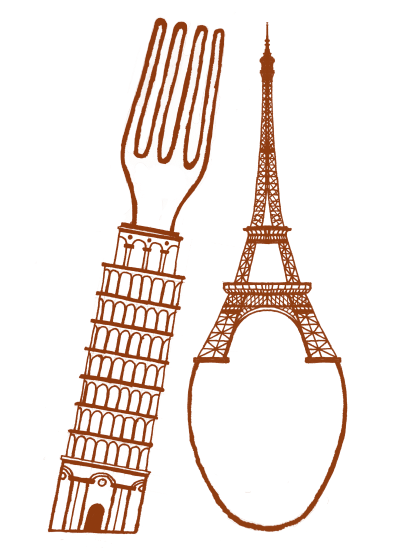
India…culture, colour and teas. I planned my first trip outside Europe for months. Part of this trip included ten days to the Golden Triangle in India. I was excited to go off on an adventure of a lifetime. I looked forward to exploring and immerse myself into a culture completely different to mine.
On this trip, I had the chance to visit New Delhi, Jaipur, Agra and Varanasi. All of these cities had something amazing to offer. I travelled from Dubai and landed in New Delhi. I could see straight away the vast difference in culture. While Dubai was luxurious and everyone followed orders, New Delhi was very chaotic and noisy. The first night I just roamed around the hotel where I was staying and I understood why many people had said that I’ll get a culture shock. The streets were so different to what I’m used to. However, I didn’t let this put me off my time in India as I learnt that different doesn’t necessarily mean better/worse.
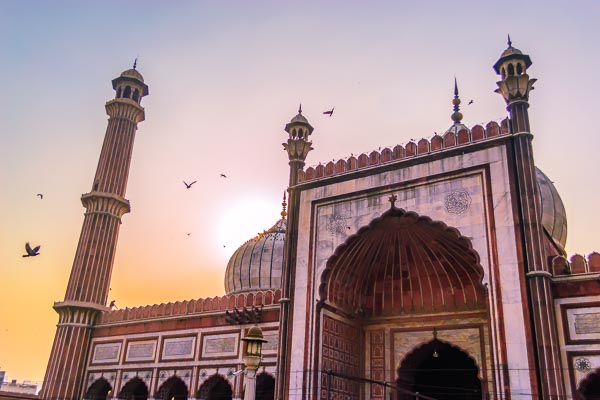
The next day I started exploring New Delhi. All the beautiful places I visited made all the noise and hectic life worthwhile. Jama Masjid, one of the largest mosques in India has got to be my favourite place in Delhi. A mosque is a place of worship for Muslims. This huge building is one of the nicest buildings. This prominent building has three great gates, four towers, three domes and two high minarets. The courtyard can hold up to around 25,000 worshippers. It’s made out of red sandstone and white marble.

I then went on to visit the second city in the Golden Triangle; Jaipur, also known as the pink city because of its pinkish walls that surround it. The most impressive building for me has to be Amber Fort, also known as Amer Palace.
It’s laid on four levels, each having a courtyard all constructed of red sandstone and marble. This palace has the Diwan-i-Aam (Hall of Public Audience) and the Diwan-i-Khas (Hall of Private Audience).
In addition, there’s the Sheesh Mahal (the mirror palace) also known as Jai Mandir and the Sukh Niwas in which a cool climate is created artificially by winds that blow over a water cascade within the palace.
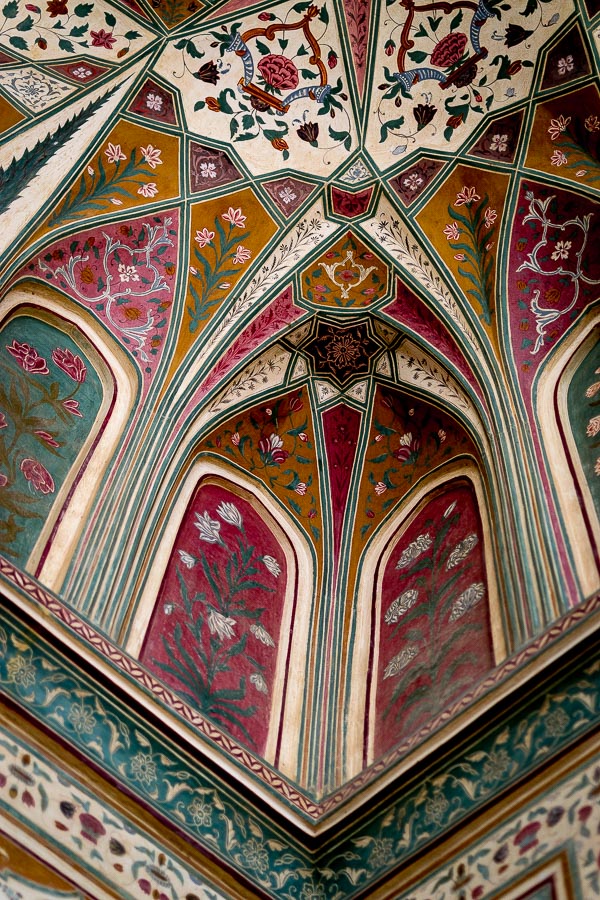


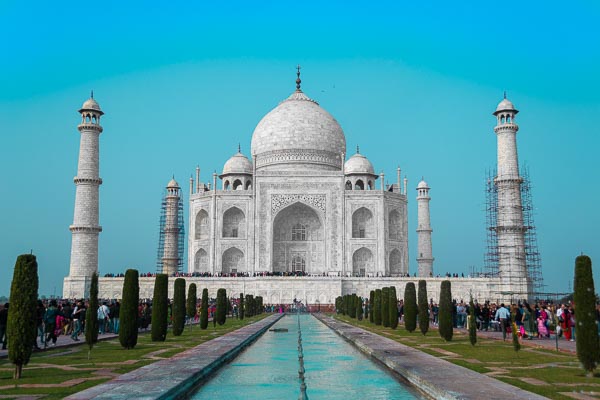
I also loved seeing the monkeys running and jumping around, trying to get any food they could from the market in front of this magnificent fort.
The last stop in Jaipur had to be Galta Ji, better known as the monkey temple because of the number of monkeys that live in this area. This is an ancient Hindu pilgrimage site with a series of temples built in the crevices in the ring of hills that surround Jaipur. One of the temples, Ramgopalji temple, found furthest down, is the one known as the monkey temple as its where you’ll find most of these monkeys.
My next stop was Agra and this definitely had to be the city I was most looking forward to visiting, because of the Taj Mahal. Being one of the wonders of the world, you would assume it’s beautiful. But, it was a hundred times better than I expected it to be. Simply breathtaking. I spent hours just looking around and taking it all in. Having been surrounded by so much noise in the past few days, I felt like the world around me had stopped and I found my happiness and calmness again. I definitely suggest visiting if you ever get the opportunity.
Having done the Golden Triangle, I then went on visiting Varanasi, which is well known for the Ganges river. The Ganges, also known as Ganga goes through the nations of India and Bangladesh. It’s the most sacred river to Hindus and a lifeline for many of them living along its course depending on it for their daily needs; bathing, washing clothes, etc.
As expected, if so many people use it for all their daily needs, it’s not that clean. Also, because this river is used as a sacred place for prayers for dead people before they’re cremated next to its banks. However, you can feel the peace and sense of religiousness Varanasi has to offer.
Another part of Varanasi were the various stalls that you can find on some of the most narrow roads I have ever seen. The stalls sell from herbs, clothes and obviously different types of teas.

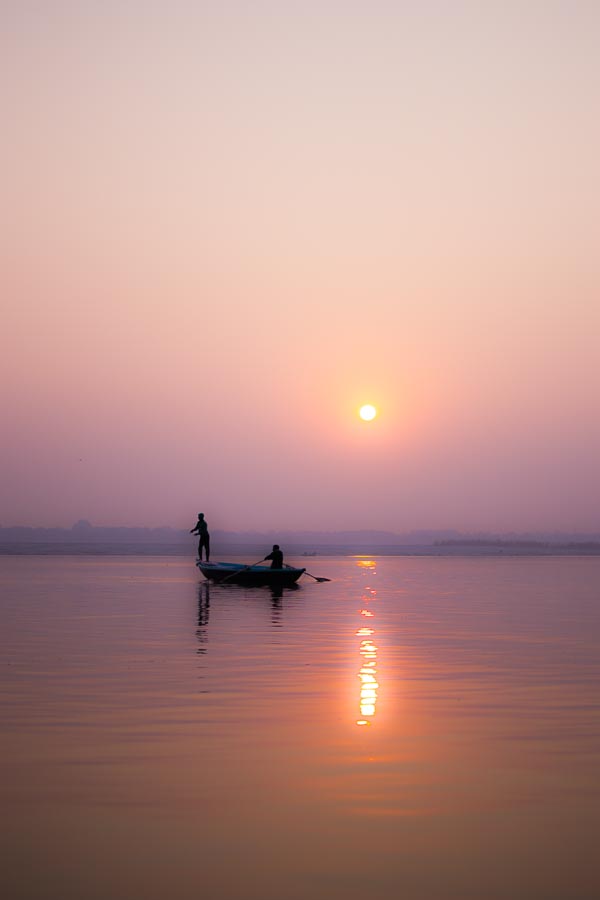
However, one thing that is very popular with both locals and tourists is a drink called Lassi. This is a traditional yoghurt-based drink, which you can add various toppings to it. There is one particular shop, very well known with tourists named Blue Lassi. If you’re ever in the area, make sure to visit because they make the most amazing lassi, they have so many different combinations you can get and also because you’ll get to meet some westerners, which surprisingly isn’t so common in India.
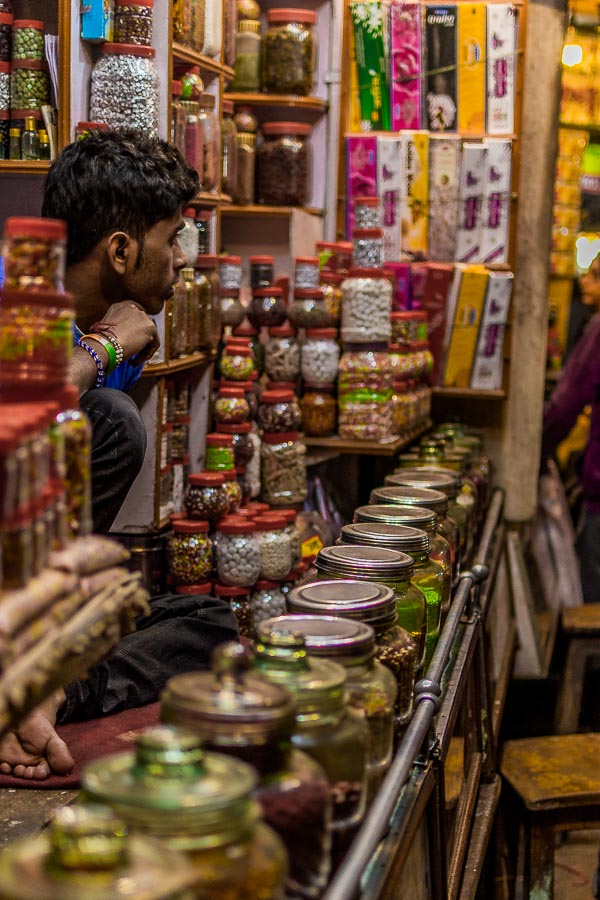
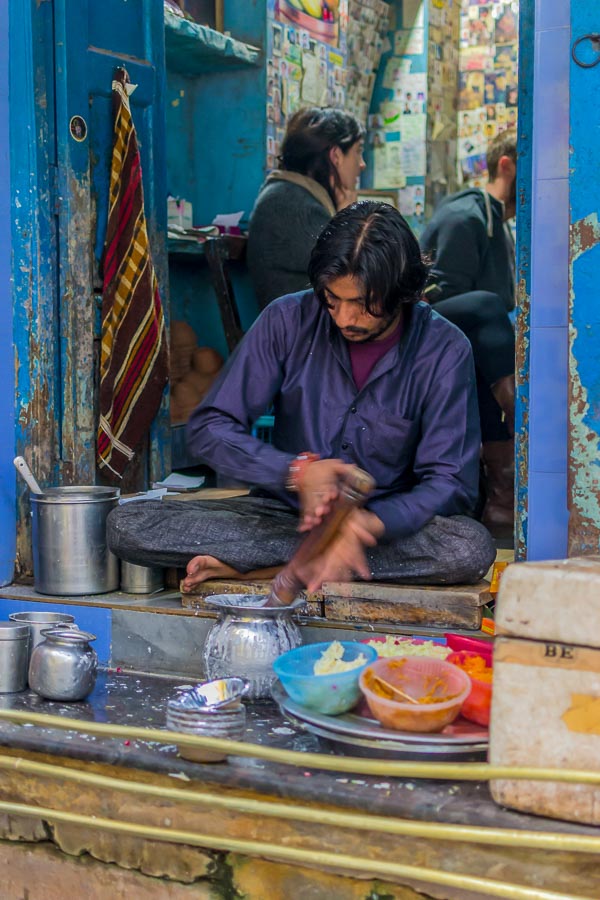
The Aarti ritual
The Aarti ritual is performed every morning and evening. It is a Hindu religious ritual of worship. In this ritual, light is created by soaking wicks in ghee (purified butter) or camphor (a flammable chemical with a very strong aroma). This light is offered to one or more Hindu gods (deities).
Aarti also refers to the songs performed whilst praising the deity. This has got to be one of the most amazing things I’ve ever experienced. Although it’s now getting a bit more commercialised because so many people are visiting, I think you can still feel spiritual during these rituals.

The best teas India has to offer
Travelling through India, I noticed that a huge part of the Indian culture is based around tea. I can’t say that I’m the biggest fan of tea, hence, I wasn’t sure I would be able to immerse myself in this part of the culture. I’ve always struggled to understand why people keep being shocked at me saying ‘I don’t like tea’ (especially when you live in the UK). I don’t quite understand why it’s so popular, but then again I’m shocked when people say they don’t like coffee.
So, going to the second largest tea producer in the world, I set myself a challenge – try and taste at least some of the teas this country produces and maybe I will eventually find one kind of tea that I could actually drink.
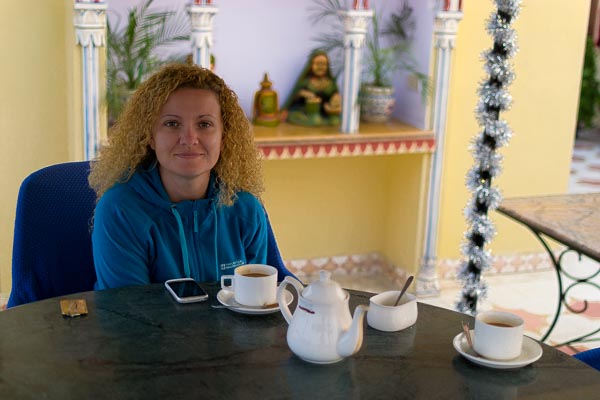
As I arrived at the hotel in Jaipur, I was offered tea. If there’s one thing I don’t like is being rude. Therefore, I accepted this cup of tea. To my surprise, I actually liked this tea. Asking at the reception, I was told that it was the tea I’ve been hearing a lot about; Masala Chai.
During my stay in Agra, I had some Masala Chai again and I also tasted another typical tea; Assam tea, which I’d seen on the supermarket shelves back in the UK but never bothered to try it out.
In my last stop of this trip, Varanasi, I tried two more types of tea: the Darjeeling and Nigiri tea apart from the Masala Chai.
Teas I tasted on this amazing trip to India
To conclude this amazing journey around a few cities in Dubai, I managed to taste some wonderful new tastes in food but also in teas. The ones that are worth mentioning are:
Assam tea – As I said earlier in this post, I had seen it on shelves in supermarkets back in the UK but never even bothered to buy a packet. This black tea is usually had as a breakfast tea. It has quite a malty strong taste and is quite bright in colour.
Darjeeling tea – Again, it’s a black tea but it’s lighter in colour and its aroma is more floral.
Nigiri tea – I had never heard of this type of tea before. This one was dark in colour and had an intense smell.
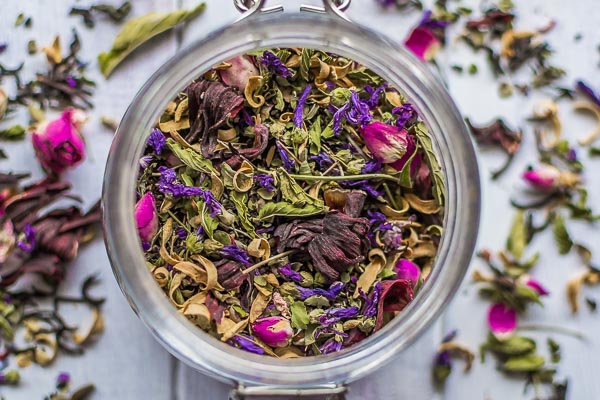
None of them was anything I would go back to, however, there was one type of tea that I loved and have had ever since. It’s the Masala Chai tea. This came as a surprise to me and I’m not usually a fan of anything that’s very sweet but this was different. It was sweet but spicy at the same time. I finally found my cup of tea. 😃
Masala Chai – Unlike other types of tea, this is brewed directly in milk. It’s made out of a mix of black tea leaves together with a mixture called Karha (an infusion of cardamom pods, cinnamon sticks, ground cloves, ground ginger and black peppercorn). Finally, added sugar to give it a sweet taste.
I hope you’ve enjoyed reading through this blog post and that I’ve inspired you to explore India and also try some new teas. Let me know if any of you have visited India and which cities you’ve been to. Also, I would love any suggestion on any other kinds of tea I should be trying. Until my next blog post, ciao! x
